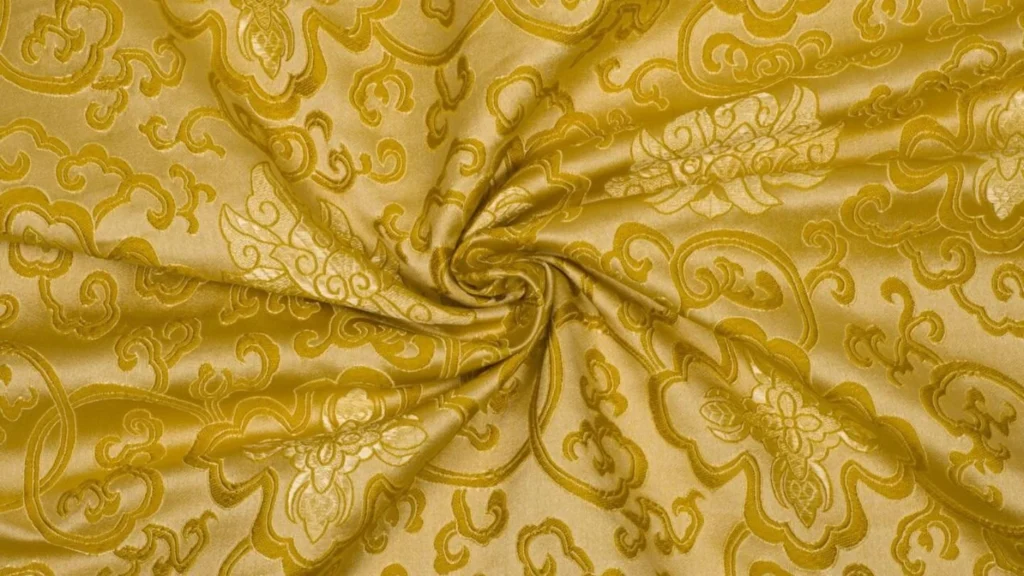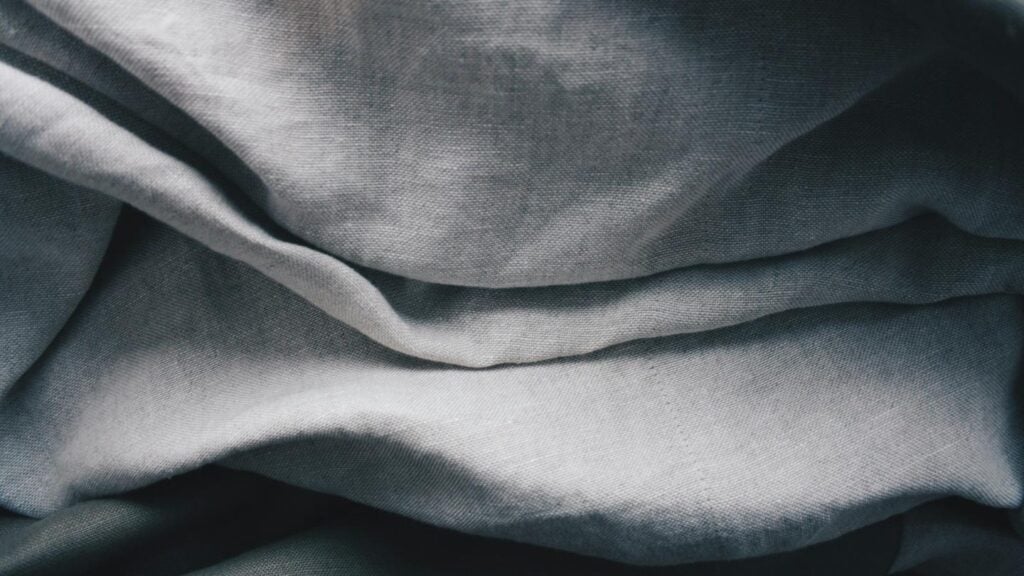2 – Soy Fabric Composition
3 – Soy Fabric vs Other Fabrics
4 – Soy Fabric Is Manufactured
5 – Common Uses in Fashion
6 – Understanding the Environmental Impact of Soy Fabric
7 – Exploring Price Points and Value for Money
8 – Conclusion
9 – FAQs
What is Soy Fabric?
Soy fabric is an innovative textile derived from the proteins found in soybeans, offering a sustainable alternative to traditional fabrics like cotton and silk. Often referred to as “vegetable cashmere,” soy fabric is known for its soft texture, eco-friendly production process, and natural biodegradability. It’s made by extracting soy protein from the soybeans, which is then processed into fibers that can be spun into yarn and woven or knitted into fabric.
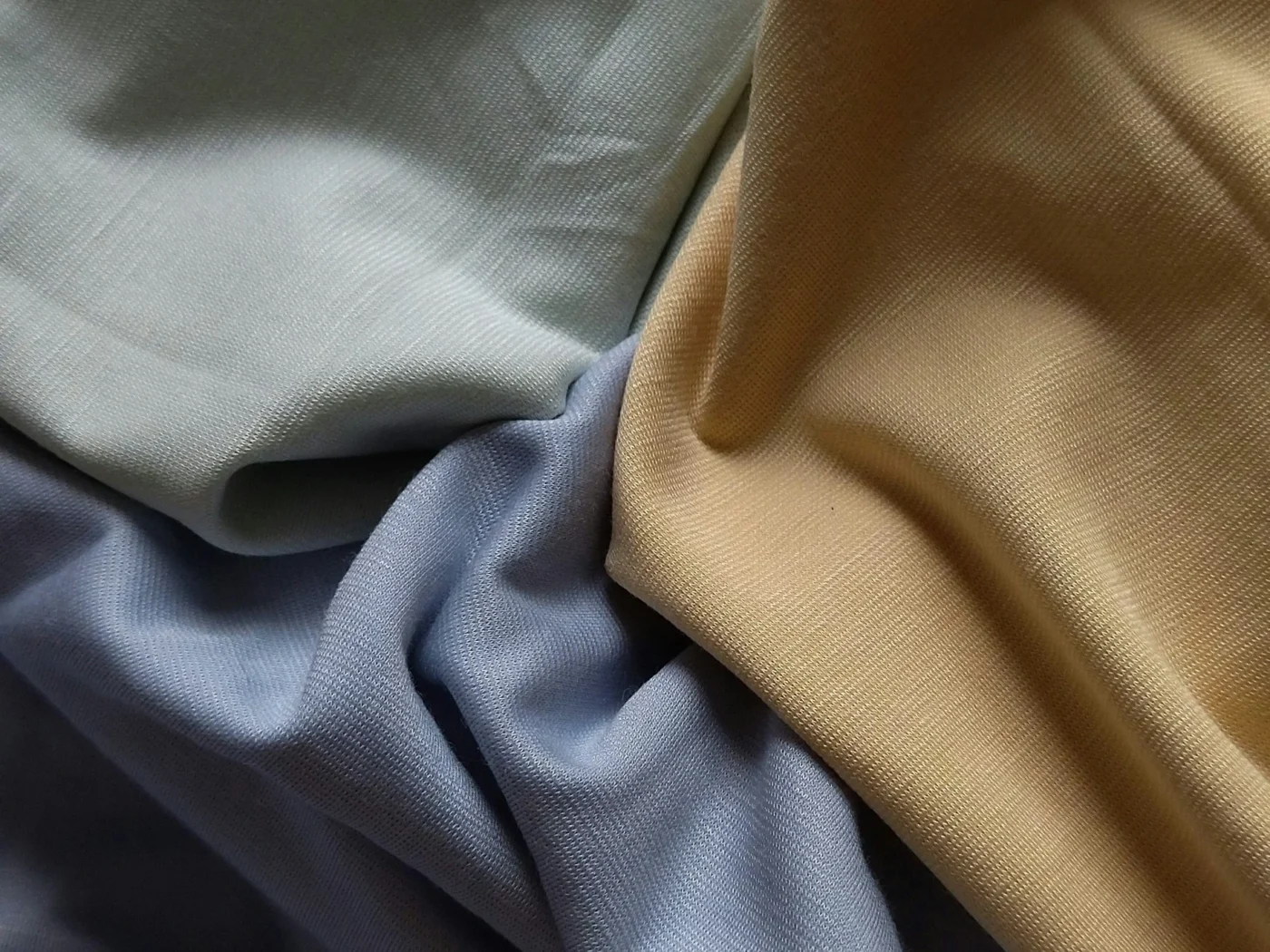
Key Features of Soy Fabric:
- Softness: Soy fabric is often compared to silk for its luxurious feel against the skin.
- Breathability: Similar to cotton, it allows air to circulate, making it comfortable for everyday wear.
- Eco-friendly: Soybeans are a renewable resource, and the process of converting them into fabric is more sustainable than conventional fabric production.
Soy fabric is considered an eco-conscious option for consumers looking to reduce their environmental footprint while enjoying a luxurious fabric that is naturally lightweight and soft. This fabric is used in a variety of clothing items, from t-shirts to scarves, and is increasingly popular in sustainable fashion collections. As awareness about sustainability grows, soy fabric is becoming a more recognized material in the fashion industry due to its renewable nature and the growing demand for environmentally responsible textiles.
Soy Fabric Composition
The composition of soy fabric is what sets it apart from traditional textiles. Made from the protein extracted from soybeans, it is a plant-based fabric that blends natural sustainability with luxurious softness. The main component of soy fabric is soy protein, which is processed into fibers that can be spun into yarn and woven or knitted into fabric.
Key Components of Soy Fabric:
Blends:
Soy fabric can also be blended with other natural fibers, like cotton, bamboo, or linen, or synthetic fibers, such as polyester. These blends are often used to enhance durability, flexibility, and performance for specific uses like clothing or upholstery.
Soy Protein:
Soybeans are rich in proteins, and these proteins are extracted, purified, and processed to create fibers that are spun into yarn. The soy protein used in fabric production is similar to the keratin found in animal fibers, offering a similar softness to silk.
Cellulose:
Some versions of soy fabric incorporate cellulose, a plant fiber found in the cell walls of plants. This adds strength and durability to the fabric while maintaining its soft and smooth texture.

Why the Composition Matters:
- Softness: The protein fibers in soy fabric mimic silk, giving it a smooth, luxurious feel against the skin.
- Breathability and Moisture-Wicking: Soy fabric is naturally breathable and can absorb moisture, making it comfortable to wear in both warm and cool climates.
- Eco-Friendly: Soy fabric is made from a renewable resource and is biodegradable, reducing its environmental impact compared to synthetic fabrics.
The composition of soy fabric ensures it is both functional and comfortable, offering an eco-friendly option without sacrificing quality. As demand for sustainable fabrics increases, soy fabric’s unique combination of properties makes it an appealing choice in fashion and beyond.
Soy Fabric vs Other Fabrics
When comparing soy fabric to other popular textiles, it becomes clear why this eco-friendly fabric is gaining traction in the fashion and textile industries. While it shares similarities with materials like silk, cotton, and bamboo, it offers unique benefits in terms of sustainability, softness, and overall environmental impact.
Soy Fabric vs Silk
- Silk is known for its luxurious feel and natural sheen, similar to soy fabric. However, soy fabric is plant-based, making it a more sustainable option. Silk is derived from silkworms, a process that involves significant labor and environmental impact. On the other hand, soy fabric uses a renewable resource—soybeans—and has a lower carbon footprint in its production.
- Soy fabric is also more affordable than silk, making it a viable alternative for those looking for a luxurious feel without the high price tag.
Soy Fabric vs Cotton
- Cotton is one of the most common natural fibers used in fashion, known for its softness and breathability. While cotton is also biodegradable and sustainable, soy fabric offers a softer, silk-like texture that is often more luxurious than cotton.
- Cotton requires large amounts of water to grow, which can be a significant environmental concern, especially in large-scale farming. Soy fabric, on the other hand, uses a byproduct of the soy industry, reducing waste and utilizing a resource that might otherwise go unused.
Soy Fabric vs Bamboo
- Bamboo fabric is another popular eco-friendly textile known for its softness and sustainability. Like soy fabric, bamboo is a renewable resource and biodegradable. However, bamboo fibers are often processed with chemicals, which can reduce its overall eco-friendliness.
- Soy fabric is processed using fewer chemicals and has a more luxurious, silky feel compared to bamboo fabric, making it more suitable for high-end fashion and delicate clothing items.
Soy Fabric vs Polyester
- Polyester is a synthetic fabric that is widely used in fashion and textiles. Unlike soy fabric, polyester is made from petroleum-based products and is not biodegradable. It is durable and resistant to wear but contributes to microplastic pollution and takes hundreds of years to decompose.
- Soy fabric offers a more sustainable alternative, being both biodegradable and made from a renewable plant source.
How Soy Fabric Is Manufactured
The production of soy fabric starts with extracting protein from soybeans, which is then processed into fibers. This eco-friendly method uses a renewable resource to create soft, biodegradable fabric.
Key Steps in Soy Fabric Manufacturing:
- Soy Protein Extraction: Soybeans are crushed to extract protein, which is purified and processed for fabric production.
- Fiber Spinning: The soy protein is spun into filaments that are then woven or knitted into fabric.
- Weaving/Knitting: The fibers are woven or knitted to create the desired texture and stretch.
- Finishing Treatments: The fabric is dyed, softened, and treated for enhanced performance, such as moisture-wicking or anti-wrinkle properties.
- Quality Control: The final product is inspected for consistency in texture, color, and appearance.

Eco-Friendly Manufacturing:
- Sustainable: Made from renewable soybeans, soy fabric is more eco-friendly than synthetic alternatives.
- Biodegradable: Soy fabric is biodegradable, unlike polyester, making it a sustainable choice.
This process results in a fabric that’s not only soft and luxurious but also environmentally responsible.
Produce your fashion collection with us
Common Uses in Fashion
Soy fabric has gained popularity in the fashion world for its softness, eco-friendliness, and luxurious feel. Its versatility makes it suitable for a wide range of clothing and accessories, offering both comfort and style.
Popular Applications of Soy Fabric:
- Loungewear & Activewear: Soy fabric’s soft, breathable texture makes it ideal for comfortable clothing like t-shirts, sweatshirts, and yoga pants.
- Luxury Clothing: Due to its silk-like appearance, soy fabric is often used in high-end fashion items such as scarves, blouses, and dresses.
- Outerwear: Soy blends can provide warmth and durability, making it a great option for jackets and coats.
- Accessories: Soy fabric is also used for accessories like bags and scarves, where its smooth finish and eco-friendly appeal shine through.
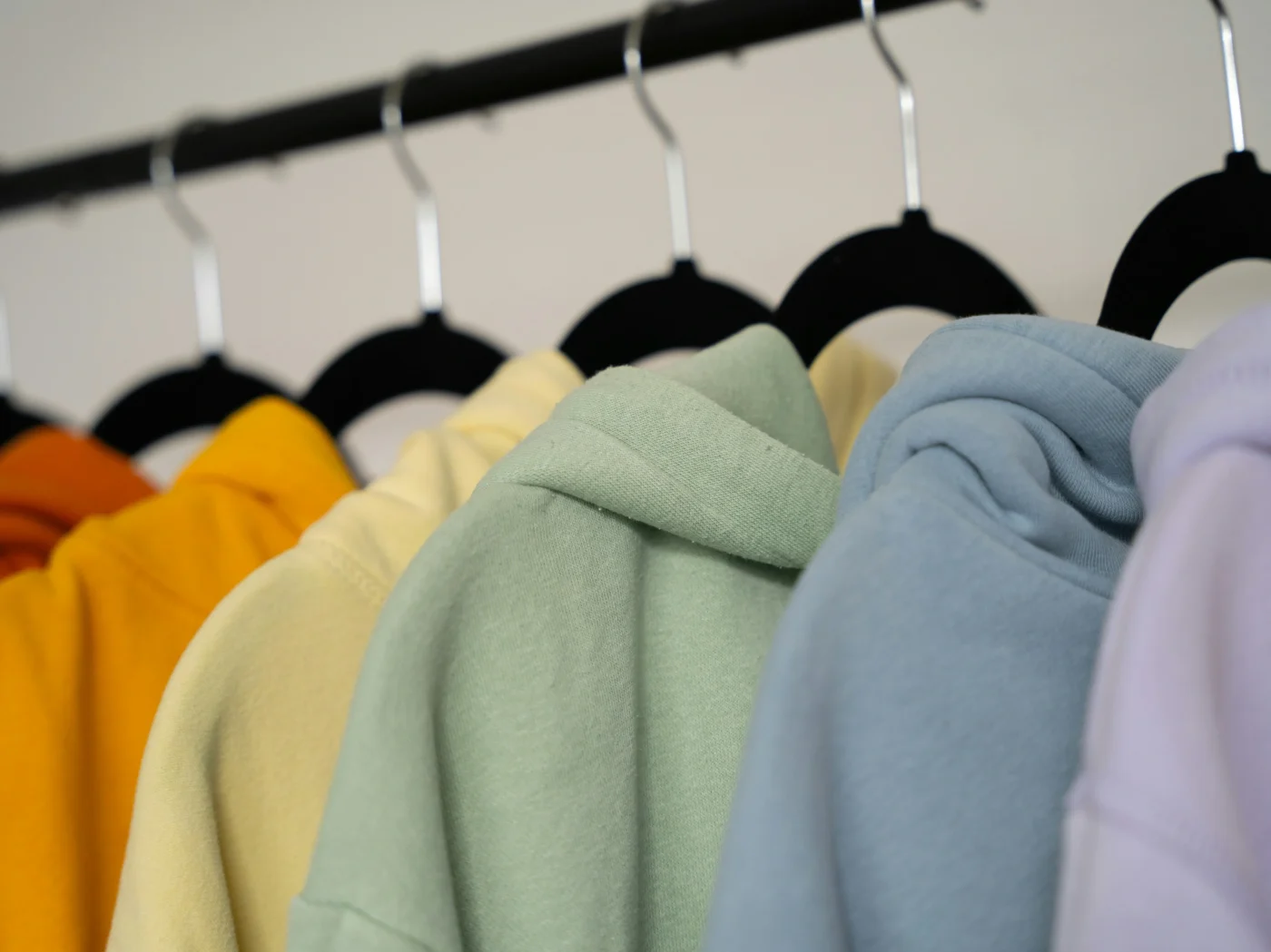
Soy fabric is prized for its natural softness and luxurious feel, making it a popular choice for sustainable fashion collections.
Understanding the Environmental Impact of Soy Fabric
Soy fabric is a sustainable alternative to many traditional textiles, offering significant environmental benefits throughout its production cycle. As a plant-based material, it presents fewer environmental concerns than synthetic fabrics like polyester.
Key Environmental Benefits of Soy Fabric:
- Renewable Resource: Soybeans are renewable crops, requiring less land and water than cotton, making soy fabric a more sustainable option.
- Low Water Usage: Unlike cotton, which is water-intensive, soy fabric uses far less water in production, reducing its environmental footprint.
- Biodegradable: Soy fabric is biodegradable, unlike synthetic fibers, which can take hundreds of years to decompose, contributing to landfills.
- Chemical-Free Processing: Soy fabric can be processed with fewer chemicals than many conventional fabrics, reducing toxic waste in production.
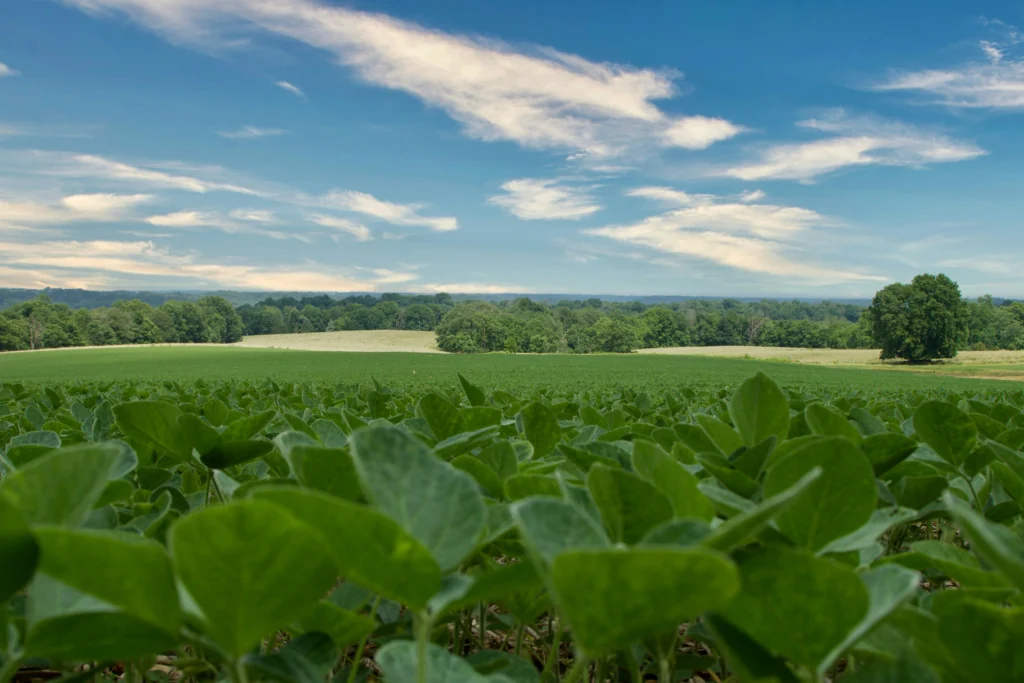
Challenges:
- Production Impact: While soy farming is more sustainable than cotton, it still requires land, water, and pesticides unless grown organically.
- Energy Use: The extraction and processing of soy proteins into fibers requires energy, but it is less resource-intensive than synthetic fiber production.
Despite these challenges, soy fabric remains one of the more eco-friendly options available, especially when compared to synthetic materials like polyester or nylon.
Exploring Price Points and Value for Money
Soy fabric offers a balance between luxury and sustainability, making it an appealing choice for both consumers and manufacturers. While the price of soy fabric can vary depending on the type of fiber used and production scale, it generally sits in the mid-range compared to other fabrics.
Factors Affecting the Price of Soy Fabric:
- Fiber Composition:
- Pure soy fabric tends to be more expensive than blended versions, which combine soy with cotton or polyester.
- Blended soy fabrics are more affordable and often used for casual wear or mass-produced garments.
- Manufacturing Process:
Soy fabric made through traditional, low-impact methods may cost more due to the eco-friendly processes involved. Higher-quality soy fabric with added finishes (such as moisture-wicking or anti-wrinkle properties) will also command a premium. - Sustainability Premium:
As demand for eco-friendly products rises, soy fabric may be priced higher than non-sustainable alternatives like polyester. However, its long-term durability and biodegradability offer better value for the environment and consumers seeking sustainable options.

Is Soy Fabric Worth the Investment?
- Affordability: While soy fabric is often more expensive than standard cotton or polyester, its sustainable nature and luxurious texture offer great value, especially in eco-conscious fashion.
- Long-Term Value: Soy fabric’s softness, breathability, and biodegradability make it an excellent long-term investment for those looking for high-quality, sustainable textiles.
Compared to high-end fabrics like silk or wool, soy fabric offers a more affordable, eco-friendly alternative without sacrificing comfort or style.
Conclusion
Soy fabric is a sustainable, luxurious alternative to traditional textiles, offering softness and eco-friendly benefits. Made from renewable soy protein, it’s biodegradable and breathable, making it ideal for both everyday wear and high-end fashion.
While slightly more expensive than cotton or polyester, soy fabric provides excellent long-term value through its comfort, durability, and eco-conscious production.
FAQs
1.What is soy fabric made of?
Soy fabric is made from the proteins extracted from soybeans, which are processed into fibers and spun into fabric.
2. Is soy fabric sustainable?
Yes, soy fabric is eco-friendly, made from a renewable resource, and biodegradable, making it a great sustainable alternative to synthetic fabrics.
3. How does soy fabric compare to silk?
Soy fabric is often compared to silk for its soft, luxurious feel, but it is more affordable and plant-based, making it an ethical alternative to animal-derived fibers.
4. Is soy fabric breathable?
Yes, soy fabric is breathable, making it comfortable to wear in various weather conditions.
5. Can soy fabric be machine-washed?
It depends on the blend, but soy fabric is generally low-maintenance and can be machine-washed, though it’s best to follow care instructions.
6. Does soy fabric shrink?
Like other natural fibers, soy fabric may shrink slightly when washed, especially if it’s not pre-shrunk or if exposed to high heat.
7. Is soy fabric durable?
Yes, soy fabric is durable, especially when blended with other fibers like polyester or cotton, adding to its strength.
8. Is soy fabric soft?
Yes, soy fabric is known for its luxurious, soft texture, similar to silk or cotton.




